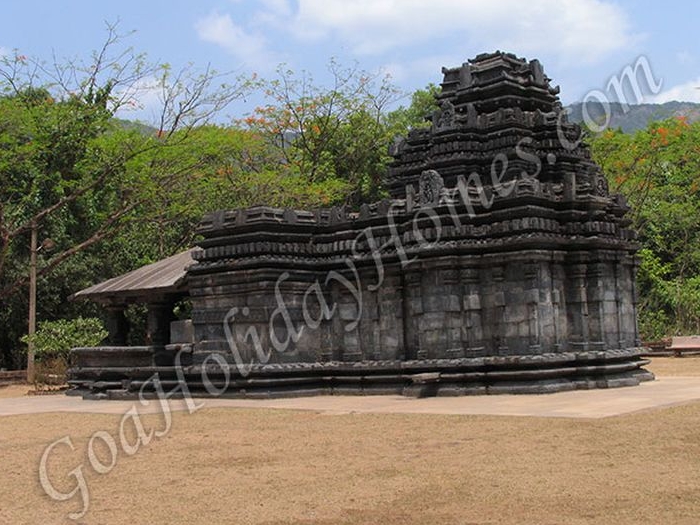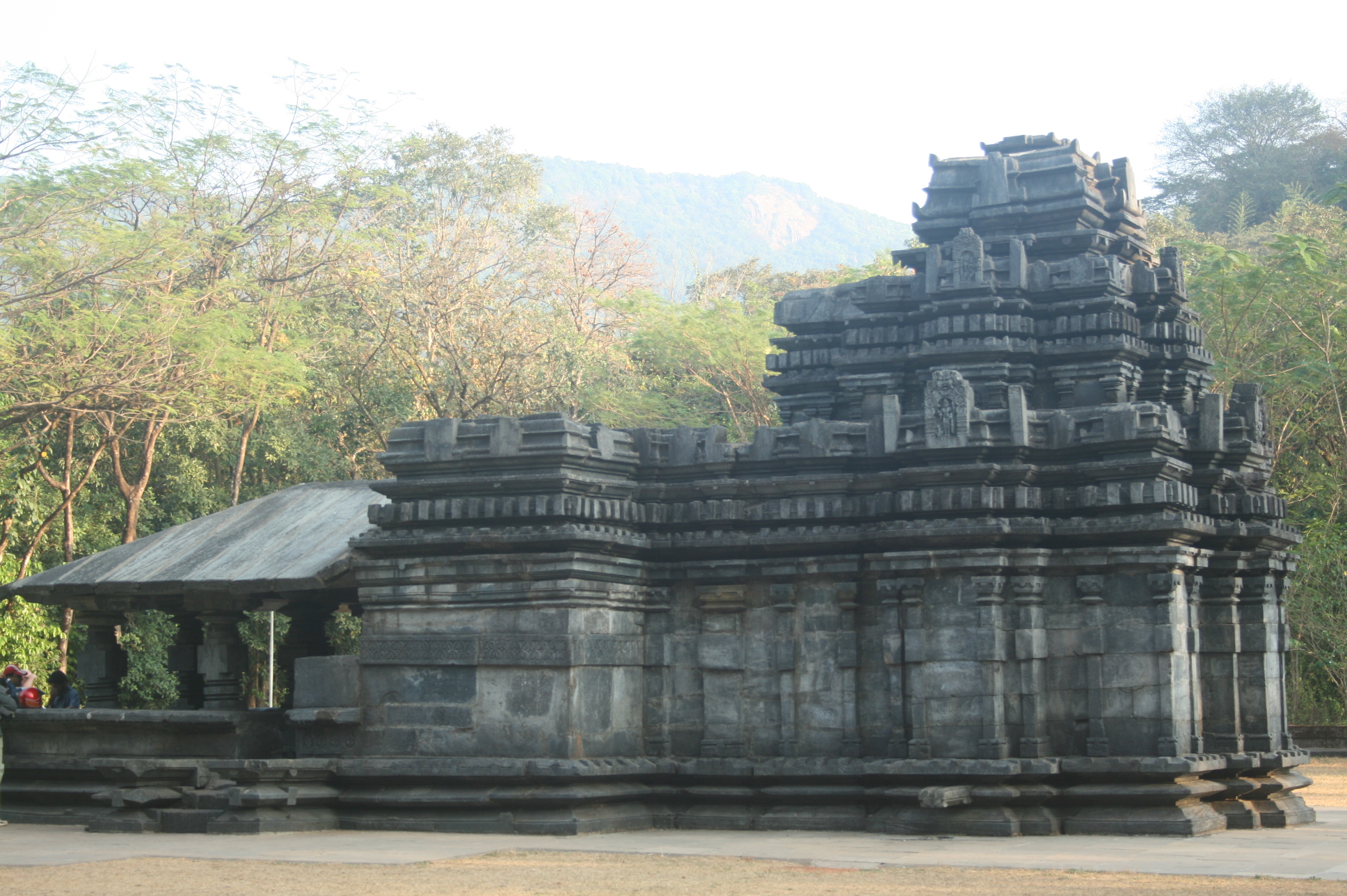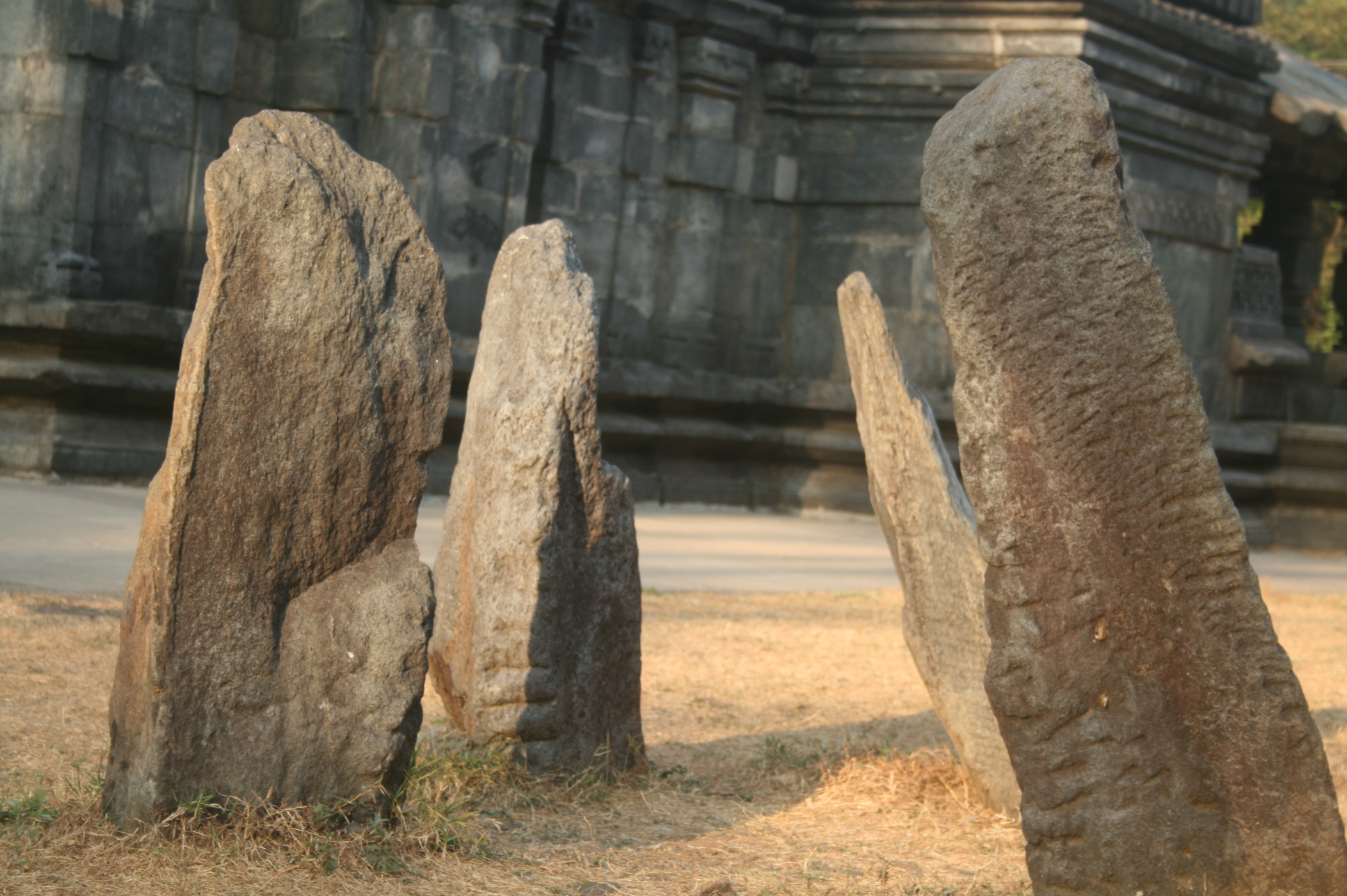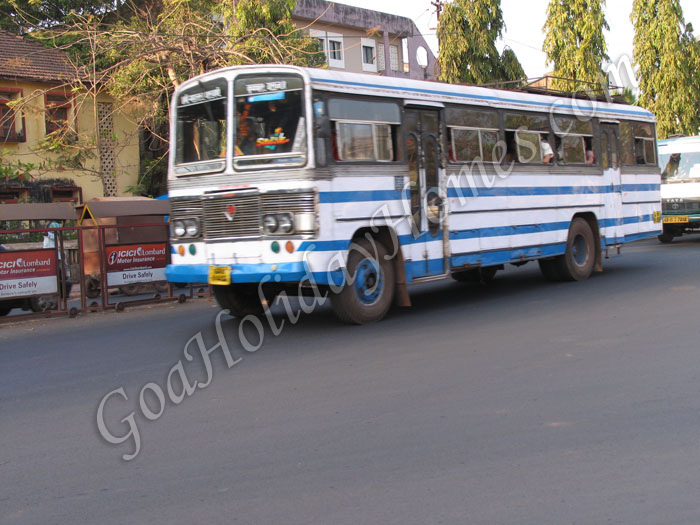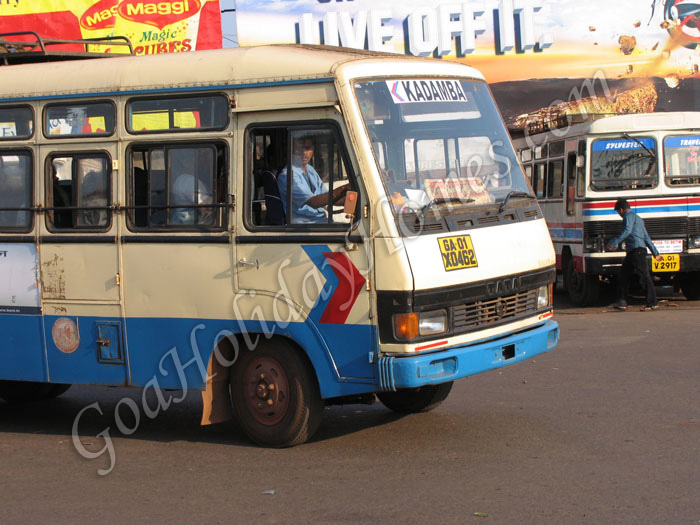The Kadambas in Goa
The Kadambas ruled Goa for around 300 years. During the reign of the Kadamba dynasty who ruled from early 11th century, Goa took shape as a district political entity for the first time and it was a time of unprecedented stability and wealth known as Goa's First Golden Age.
Under Jayakeshi II the Kadamba rule reached its peak and this is testified by the gold coins that are stamped with their lion crest. Until 1310 Chandrapur was made their capital and after that it was shifted on the banks of the Zuari River to a new port - city called Govepure or Gopakapattanam today's Goa Velha where the ruins of their port still exists.
There was a construction boom in Goa and it became a center of Hindu pilgrimage as the Kadambas built many Shiva temples. However, besides the temple of Tambdi Surla which is the only surviving Kadamba structure that remained hidden in dense jungle and is now a tourist spot inside the Bhagwan Mahaveer Sanctuary, all these temples were destroyed by the Portuguese and the Muslims.
The Kadamba rule known for their religious tolerance was on the wane by early 14th century. During this time the first mosque on the West Coast of India was built. As the capital's Governor, an Arab merchant was even appointed.
In the year 1980, the government of Goa set up the Kadamba Transport Corporation Limited. The K.T.C runs a number of services and was set up to provide safe, cheap, cost-effective, timely and comprehensive transportation services in Goa. Thus Goa is the only state to have its road transport named after the Kadamba dynasty that ruled it.

